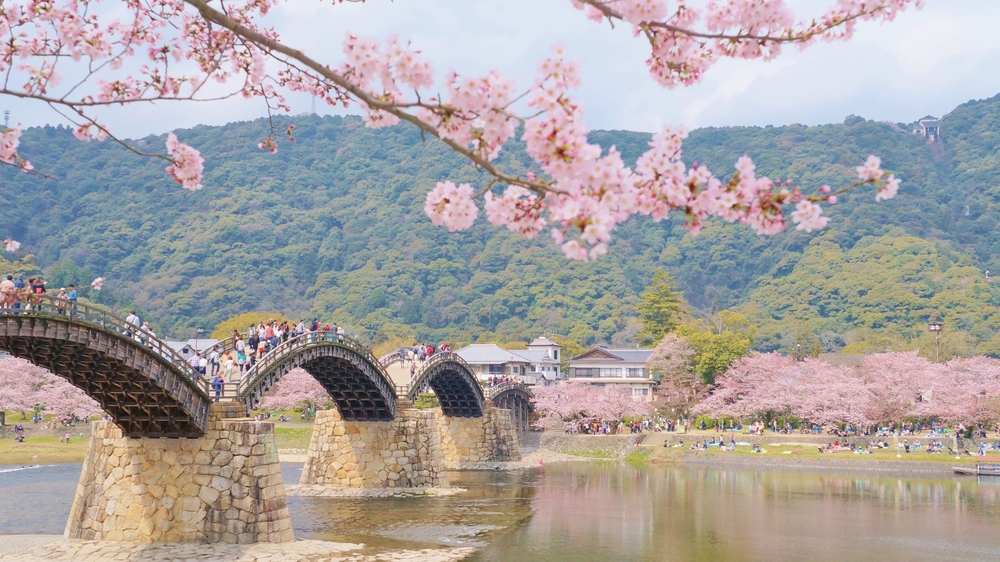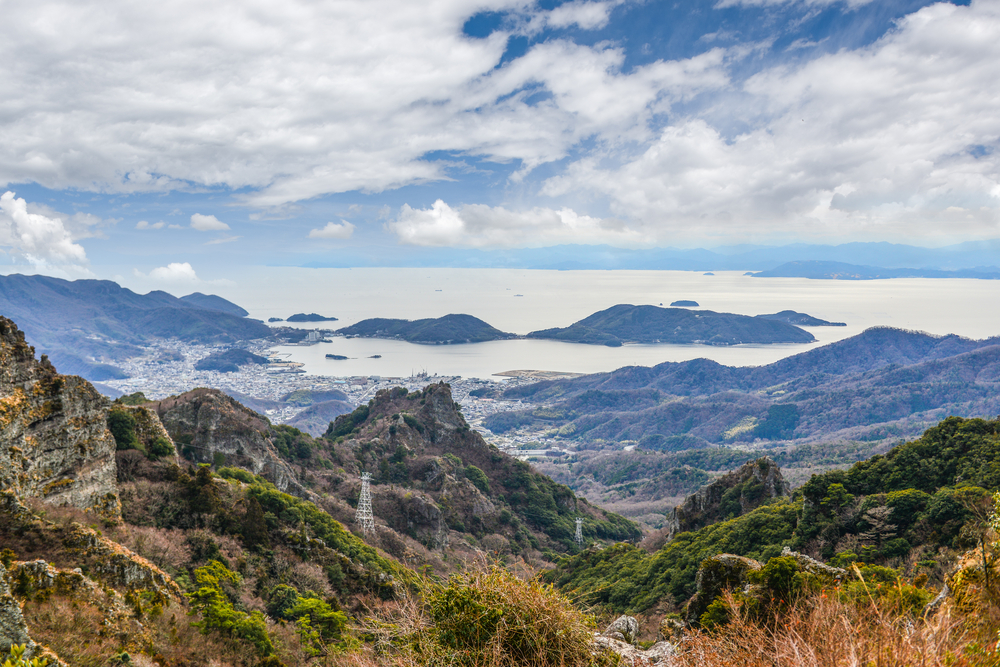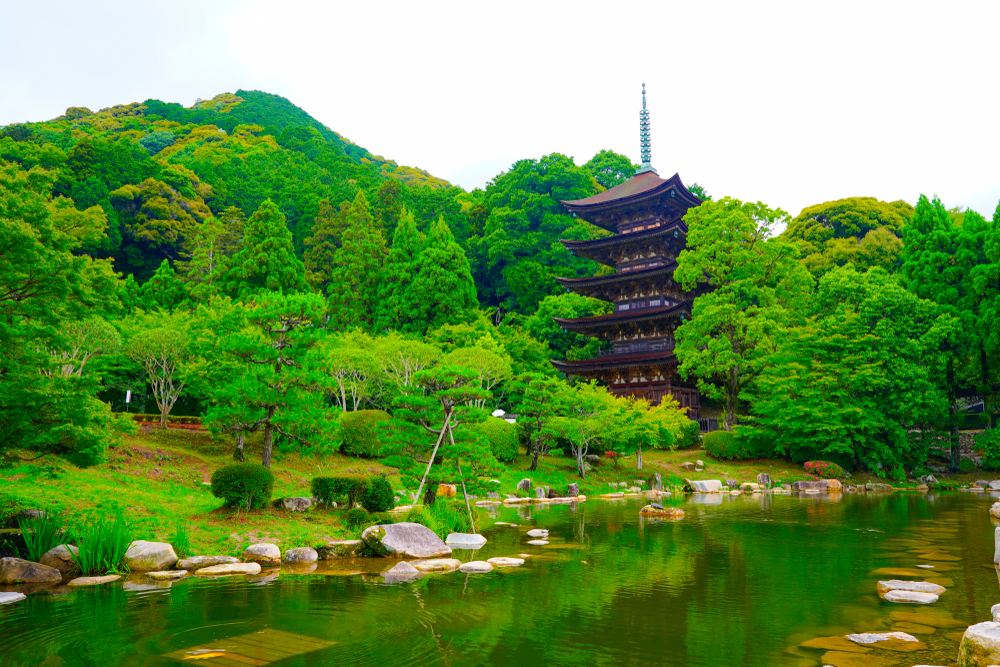The post Winter vacation spots in Setouchi, Japan appeared first on TD (Travel Daily Media) Travel Daily.

Endless blue skies, pristine beaches, leisurely cruising from island to island: it’s easy to associate Setouchi most readily with the warm summer months, but this diverse region is also the perfect destination for a winter vacation.
Setouchi has a mild winter climate, with comparatively little precipitation, meaning you can still enjoy hiking, walking, and other outdoor activities – although there are also plenty of snowy spots if you want that classic winter landscape. Setouchi is also abundant with natural hot springs (onsen), which are the ultimate way to warm up on a cold winter’s day.
The following spots may look good in the summer like in the photos, but they are blanketed in snow during the winter.
Kankakei Gorge

At its summit, Kankakei Gorge is 813m. Not only does that make it the highest point on Shodoshima Island, where it is located, it also makes it the highest point anywhere in the Seto Inland Sea. Anyone who reaches the summit is therefore rewarded by a spectacular panorama that seems to stretch endlessly. You can make it part-way to the summit via the Kankakei Ropeway, but you may wish to hike instead, to better take in rugged landscape of the gorge, formed over millions of years by volcanic then weathering forces. The beauty and dynamism of the gorge has earned it a star in the Michelin Green Guide, and it’s also known as one of Japan’s top three must-see gorges. In winter, the sun sets around 4pm, and there can be occasional snowfall. Make sure to relax after your hike by bathing in one of the island’s many onsen.
How to get there: Take a ferry to Shodoshima Island from the mainland (approx. 70-100mins depending on departure point) then take a bus or car up to the gorge. There are a number of options for ascent: ropeway or multiple hiking trails.
Kintaikyo Bridge

Kintaikyo Bridge, in Iwakuni City (Yamaguchi Prefecture), is an architecturally striking pedestrian bridge consisting of five sequential arches constructed from wood and stone. It spans the Nishiki River and leads to the entrance of Iwakuni Castle, originally built in 1601 (the castle today is a reconstruction). The bridge is a triumph of engineering: its unique structure is the result of an iterative design process made necessary by river flooding that washed previous bridges away. As luck would have it, the flood-proof design was also aesthetically stunning and the bridge, a favourite with photo-hunters, was designated a national treasure. It is particularly lovely with a soft coating of snow.
How to get there: The Kintaikyo Bridge is located in Iwakuni City in Yamaguchi Prefecture. From JR Iwakuni Station, take an Iwakuni Bus that passes the bridge (multiple options inc. 21, 23, 32, 34; approx. 18m). You could choose to make your way on foot through Iwakuni City and see some of its sights; it’s around 5km from the station when taking the shortest route.
Ruriko-ji Temple

Imagine a picture-perfect five-storied pagoda, nestling among snow-frosted pines, reflected in a crystal clear lake. This is the scene that awaits you when you visit Ruriko-ji Temple in Kozan Park. Several of the temple buildings, which were originally built in the 1440s and are lovingly crafted from natural materials such as cypress bark, are designated national treasures. The pagoda—considered one of the three finest in Japan—is illuminated from dusk to 22:00 nightly, creating a magical atmosphere.
How to get there: From JR Yamaguchi Station, take a bus bound for Yamaguchi University, alight at the prefectural office (Yamaguchi Kencho-mae), then walk for approx. 10m. To walk from the station will take around 30m (approx. 2.6km), taking you past Yamaguchi Prefectural Museum of Art and other attractions.
The post Winter vacation spots in Setouchi, Japan appeared first on Travel Daily.

